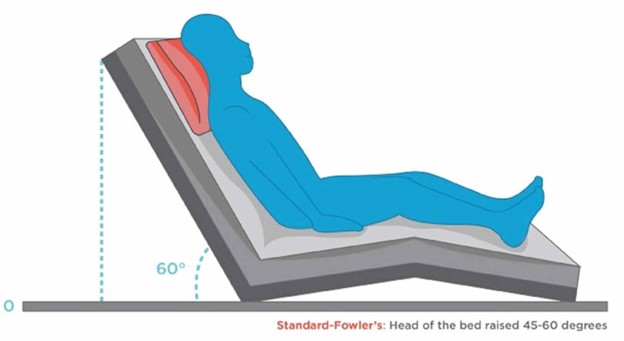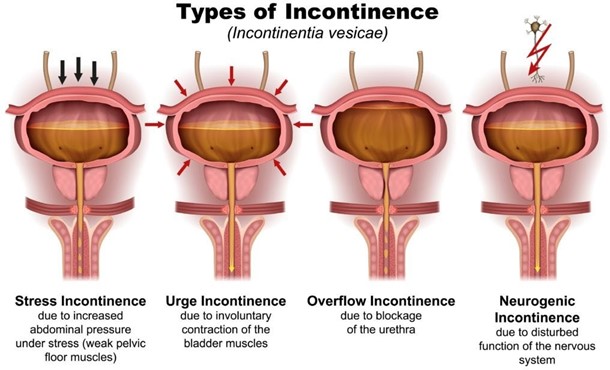A nurse is performing hand hygiene at the beginning of his shift. Which of the following actions should the nurse take?
Rub his hands together to cause friction for at least 10 seconds.
Turn off the faucet with a clean, dry paper towel.
Dry his hands by working from the forearms down to the fingertips.
Keep his hands above elbow level when washing.
The Correct Answer is B
The correct answer is that the nurse should turn off the faucet with a clean, dry paper towel when performing hand hygiene at the beginning of his shift. This helps to prevent recontamination of the hands by touching the faucet with clean hands.
Options a, c and d are not correct actions for performing hand hygiene. Rubbing hands together to cause friction for at least 10 seconds, drying hands by working from the forearms down to the fingertips and keeping hands above elbow level when washing are not recommended practices for hand hygiene.
Nursing Test Bank
Naxlex Comprehensive Predictor Exams
Related Questions
Correct Answer is ["A","B","D","E"]
Explanation
The nurse should stop the transfusion, place the client in high-Fowler's position, obtain a prescription for a diuretic, and administer oxygen to the client. These actions can help manage the symptoms of transfusion- associated circulatory overload (TACO), which can occur when a client receives too much fluid too quickly during a blood transfusion.
c. Administering epinephrine is not an appropriate action for managing TACO. Epinephrine is used to treat anaphylaxis, which is a different type of transfusion reaction.

Correct Answer is B
Explanation
An alternating pressure mattress can help prevent skin breakdown in a client who is immobile by redistributing pressure and reducing the risk of pressure ulcers. This is an appropriate action for the nurse to include in the plan of care for a client who is immobile and has urinary incontinence.
a. An indwelling urinary catheter can increase the risk of infection and should only be used when other methods of managing urinary incontinence are not effective.
c. Cornstarch can absorb moisture and help keep the skin dry, but it is not recommended for use on broken skin or in areas where there is a risk of fungal infection.
d. Repositioning the client every 4 hours may not be frequent enough to prevent skin breakdown. The client should be repositioned at least every 2 hours to reduce the risk of pressure ulcers.

Whether you are a student looking to ace your exams or a practicing nurse seeking to enhance your expertise , our nursing education contents will empower you with the confidence and competence to make a difference in the lives of patients and become a respected leader in the healthcare field.
Visit Naxlex, invest in your future and unlock endless possibilities with our unparalleled nursing education contents today
Report Wrong Answer on the Current Question
Do you disagree with the answer? If yes, what is your expected answer? Explain.
Kindly be descriptive with the issue you are facing.
